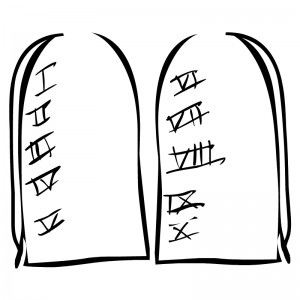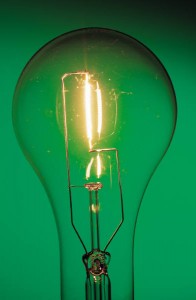Modern triage = patient sorting + a boat-load of protocols and ‘value added’ steps.
Napoleon’s surgeon seems to be the first provider to try a sorting process for crowds of patients. He wanted to quickly sort which wounded soldiers were most likely to return to battle, so he could provide care for them first. Historical triage got soldiers back into action while seriously wounded soldiers were left to die.
Nice.
In the olden days of emergency medicine (30 years ago), patients could usually be seen soon after registration. They were brought straight in, seen by a nurse and a physician soon after. In the 1990s in Ontario, the ED became a favourite spot to park admitted patients when the inpatient wards became ‘full’ as defined by staff working on the wards.
Around this time, triage turned into primary care nursing for new arrivals and the crowd of patients warehoused in the waiting room.
This was never meant to be.
Triage must be rapid sorting or it’s not triage at all.
Long interviews, multiple forms, medication reconciliation, past medical history, allergy lists, infection control screening, extensive sets of vital signs, patient examination, wound inspection, and answering questions about waits, parking, directions and vending machine locations – modern triage redefined the term ‘triage’.
Maybe that’s a good thing? Surely, all the added work being done by modern triage was started for a reason? Maybe patients want to come to the ED to get a really thorough triage?
NO!
Patients come to the ED to get a diagnosis and treatment. Anything that stands in the way of diagnosis and treatment does not add value for patients.
Triage should add value by getting patients to the care they need as quickly as possible. We should resist anything that stands in the way of patient care. Quality care depends on timely assessment and treatment. Triage adds value only if it facilitates timely care. Triage should never bottleneck flow; there should never be a line-up to see the triage nurse.
We must unload all the duties we’ve piled onto triage, if we are serious about improving patient flow.
If hospitals insist on running waiting rooms like a clinical areas, patients would be better served by assigning nurses to care for the patients in the waiting room instead of shackling triage nurses with non-value-added work.
Does triage add value in your hospital or does it delay care? Is there a patient line-up for triage?
Please click Leave a Reply or # replies below.


